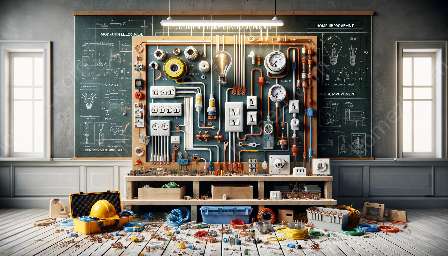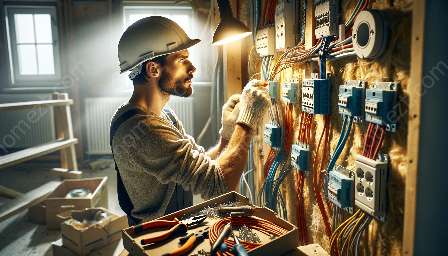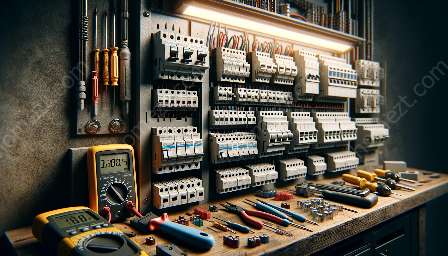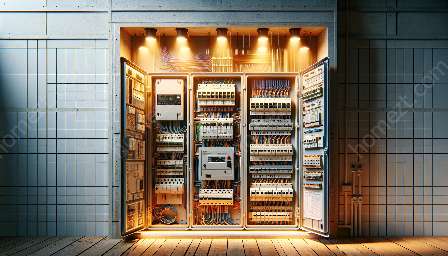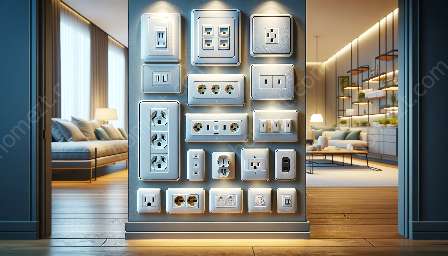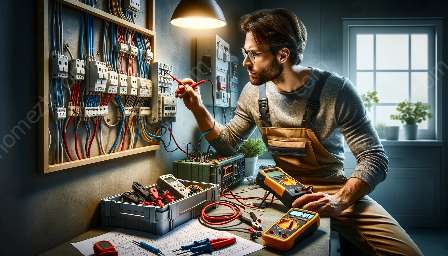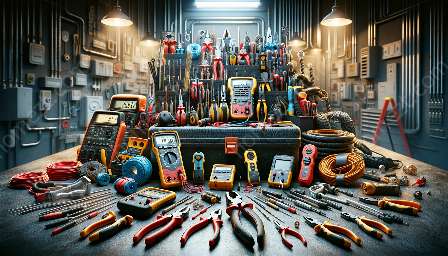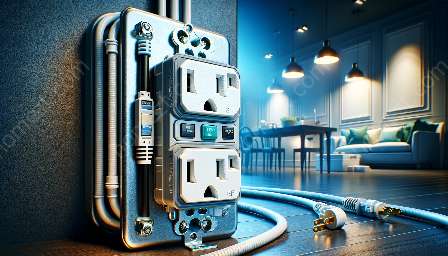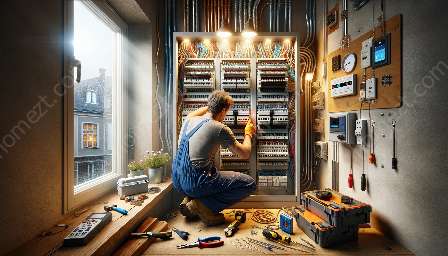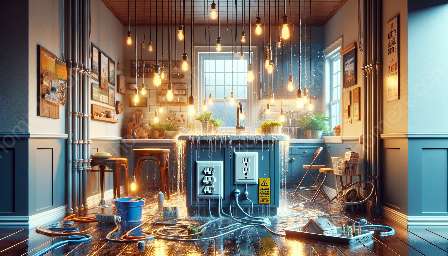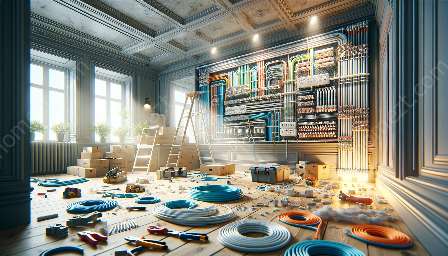Electrical circuit design is a critical aspect of home improvement projects, ensuring the safe and efficient flow of electricity throughout a building. Understanding the fundamentals of electrical circuits and how to design them is essential for any homeowner or DIY enthusiast. In this comprehensive guide, we will delve into the principles of electrical circuit design, providing valuable insights, tips, and best practices for creating reliable and compliant electrical systems for your home.
Understanding Electrical Circuits
At its core, an electrical circuit is a closed loop through which electricity can flow. It consists of various components, including power sources, conductors, switches, and loads. When designing an electrical circuit for home improvement purposes, it is crucial to comprehend the functionality of these components and their roles in ensuring the safe and efficient distribution of electricity.
Types of Electrical Circuits
There are different types of electrical circuits commonly used in home improvement projects:
- Series Circuit: In a series circuit, the components are arranged in a single loop, so the current flows through each component sequentially.
- Parallel Circuit: Parallel circuits feature multiple paths for the current to flow, offering redundancy and the ability to power multiple devices independently.
- Combination Circuit: A combination of series and parallel circuits, providing flexibility in accommodating various electrical loads.
Each type of circuit has its unique characteristics and applications, and understanding these differences is crucial for effective circuit design.
Essentials of Electrical Circuit Design
When embarking on a home improvement project that involves electrical work, it is essential to adhere to best practices in electrical circuit design. Here are the key essentials to consider:
Load Calculation:
Determining the electrical load requirements for the intended circuit is essential to ensure that it can safely and effectively power the connected devices and appliances.
Wire Sizing and Conductor Selection:
Choosing the right wire size and type of conductor is critical for minimizing electrical resistance, ensuring safety, and complying with relevant building codes and standards.
Circuit Protection:
Implementing appropriate circuit protection devices, such as circuit breakers and fuses, is vital for safeguarding the circuit against overloads and short circuits.
Grounding and Bonding:
Proper grounding and bonding techniques are essential for maintaining electrical safety and preventing the risk of electric shocks and fires.
Compliance with Regulations:
Adhering to local electrical codes and regulations is non-negotiable when designing electrical circuits for home improvement projects. Compliance ensures the safety and legality of the electrical installation.
Designing Safe and Efficient Circuits
Creating safe and efficient electrical circuits requires meticulous planning and attention to detail. Here are some practical tips to ensure the optimal design of electrical circuits for home improvement:
Plan and Diagram:
Before proceeding with any electrical work, create a detailed plan and circuit diagram to visualize the layout and connections of the circuit. This step helps in identifying potential issues and optimizing the circuit design.
Proper Circuit Layout:
Ensure the logical and organized arrangement of electrical components, switches, and outlets to facilitate easy access, maintenance, and future modifications.
Use Quality Components:
Invest in high-quality electrical components, such as switches, outlets, and wiring materials, to ensure the longevity and reliability of the electrical circuit.
Consistent Labeling:
Clearly label all circuit components and connections to facilitate troubleshooting, maintenance, and future expansion.
Conclusion
Electrical circuit design is a fundamental aspect of home improvement, and mastering this skill is essential for ensuring the safety and functionality of your electrical systems. By understanding the principles of electrical circuits, adhering to best practices, and incorporating practical tips, you can create robust, efficient, and compliant electrical circuits for your home improvement projects.

